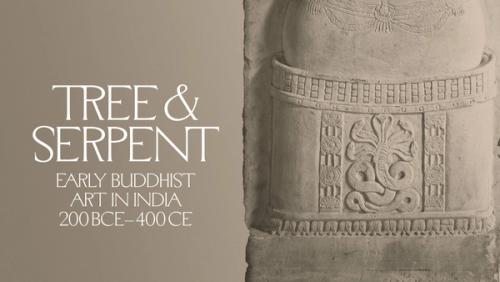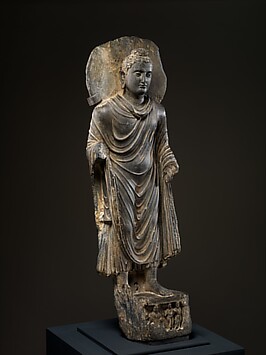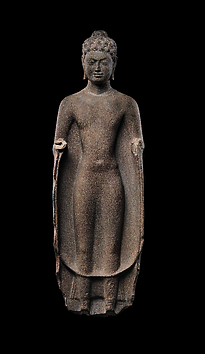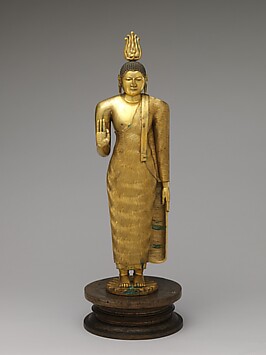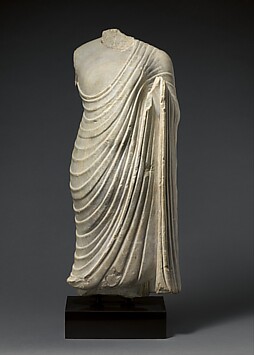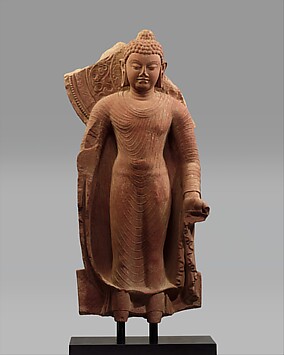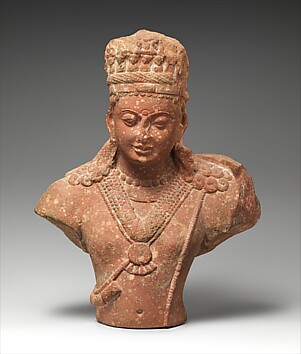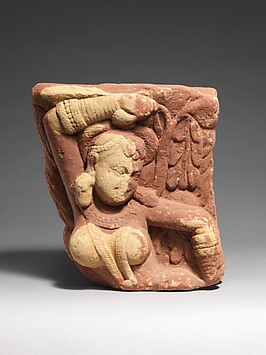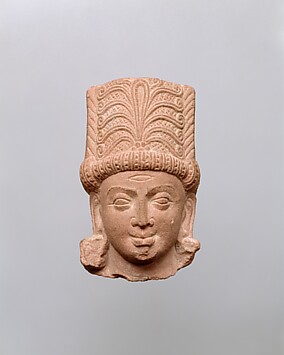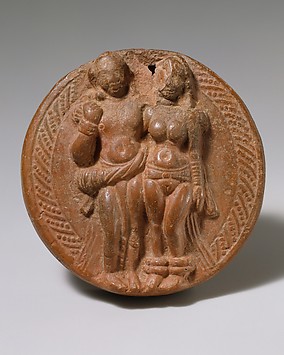The Metropolitan Museum of Art's Heilbrunn Timeline of Art History, originally launched in 2000, presents the Met's collection via a chronological, geographical, and thematic exploration of global art history. Targeted at students and scholars of art history, it is an invaluable reference, research, and teaching tool. Authored by The Met's experts—curators, conservators, scientists, and educators—the Timeline comprises 300 timelines, more than 1,000 essays, more than 7,000 objects, and is regularly updated and enriched to provide new scholarship and insights on the collection.





